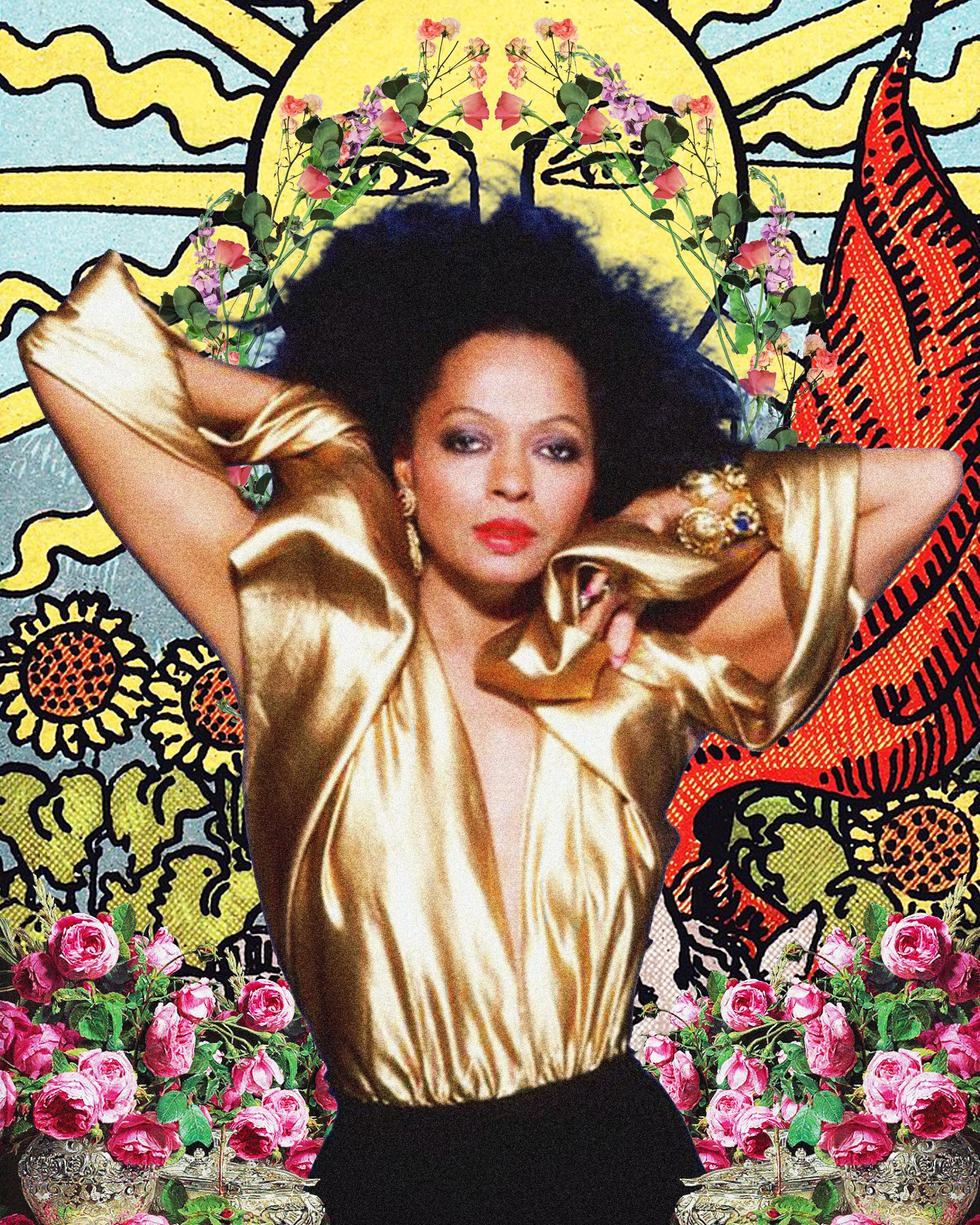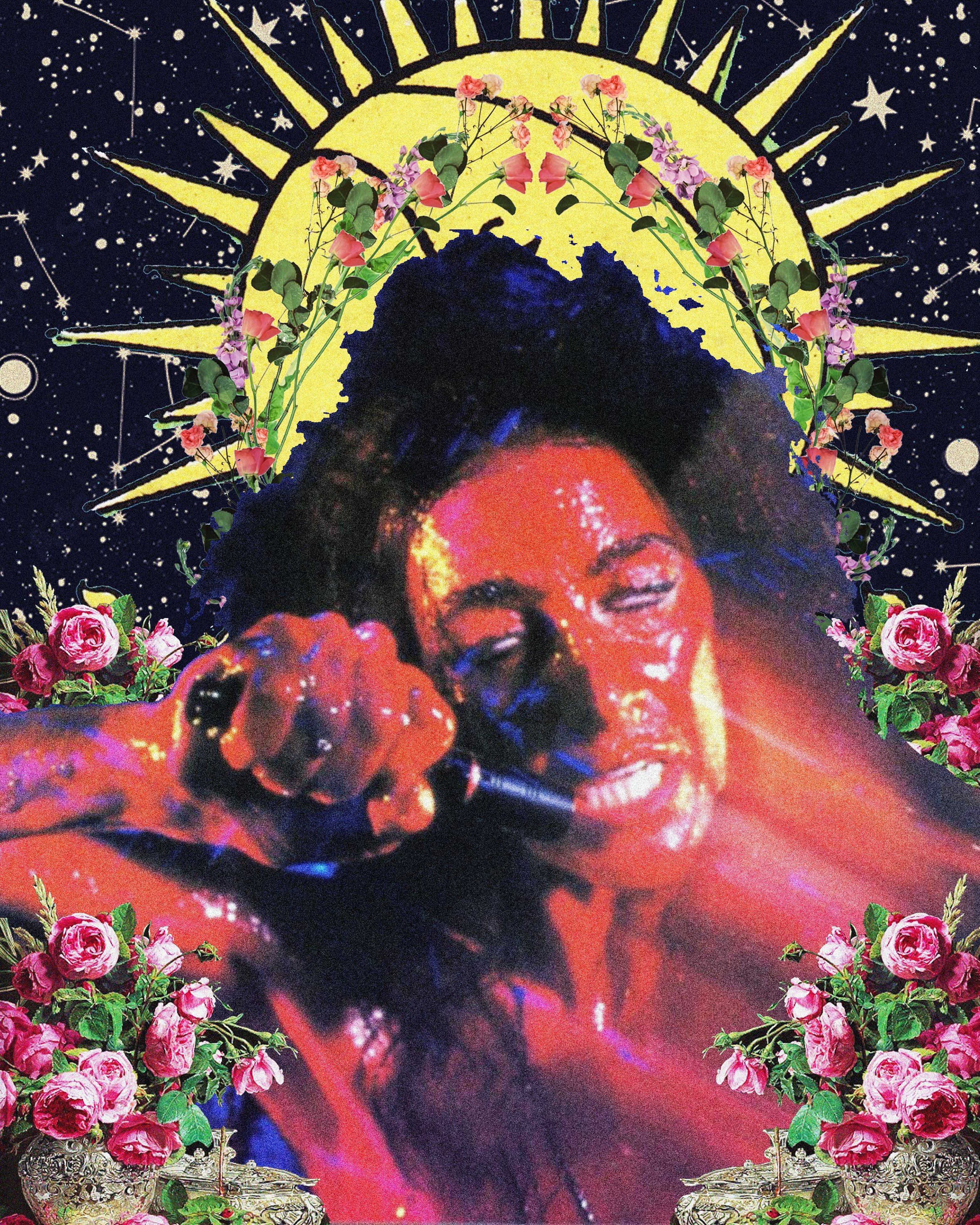Culture Slut: Who Invented Gay Pop? From Diana Ross to Diamanda Galás
Words: Misha MN
When Jojo Siwa invented Gay Pop, she looked at an expanse of nothingness, and said “Let there be fags,” and it was so. Thousands of them, all on Twitter, trying to destroy yet another overdeveloped former child star, as though the Free Britney discourse had never happened. Music has always been important to queer culture, and finding music that speaks directly to us has been an ongoing journey. Now, we live in an abundance of gay icons making music specifically for queer audiences and we are spoilt for choice. Chappell Roan is knee deep in the passenger seat, Charli XCX is having a little key during Brat summer, and the old gods Lady Gaga and Katy Perry are starting to awake from their slumber and talk about putting out new music. But is this all there is?
The reality is that we have always had Gay Pop. We have always had music that reaches out and touches queer hearts, from the mega pop divas of the last few decades, to the disco queens of the 70s and 80s, to the misfits of New Wave and Punk, to the fringes of Jazz and Ragtime, all the way back to the legendary opera prima donnas that sent gays into paroxysms of ecstasy. And lets not forget that alongside the eternity of pop culture there have been gays meeting in protected locations and singing parodies of those songs, from DWV’s Boy Is A Bottom, to the ugly old pub drags belting out dirty limericks, to the secret gay jazz recordings of the 60s, to every strumpet up in guildy clobber in the molly houses of the 18th century, and even further back to the court jesters who made up amusing songs and played dress up to please an audience. It’s all Gay Pop. It’s always been there.
The worship of divas is ancient, and gays have always had to be discerning to find the one that speaks them. The echo of fragility in Judy Garland’s powerful belt, the enveloping richness of Maria Callas’ swooping arias, the hedonistic invitation of Donna Summer’s repeated phrases, it's all ready to be discovered by a queer listener. Some stars are manufactured for the queer audience, but like a tigress knows her own cubs, we can spot an intruder. No one stans Meghan Trainor. When songs are written to have gay appeal by out of touch executive-approved composers, it becomes the audio version of a Pride march sponsored by Lockheed Martin; performative and soulless. As the great gay rapper Le1f once tweeted “Gay kids don’t come out cuz of Macklemore vids. They come out to Bjork concerts, YA DIG?”
___STEADY_PAYWALL___
The two divas I want to focus on today are symbolic of a prehistoric dichotomy, light and dark, sun and moon, heaven and hell. In the world of Gay Pop, these are some of its primordial deities. First we have the Goddess of the Sun, the Angel of Light, Diana Ross, and in opposition we have the Embodiment of Darkness, the Daughter of Hell, Diamanda Galás. Chronologically, they both come from the 20th century, rising in greatest contrast to each other during the AIDS crisis of the 80s and 90s, but time doesn’t really matter to queers. The queer conscience is simultaneously memory, experience and anticipation, a mix of past, present and future. They represent both sides of the queer experience, Diana being the ecstatic joy, the party that never ends, the all-fulfilling love that you never thought was possible, whereas Diamanda is the never-ending loss, the fear and pain of isolation, the darkness that consumes you.
I’m sure you know who Diana Ross is. One of the highest charting female singers of all time, Diana came to fame with The Supremes before embarking on a multi decade solo career that changed the world. Starting with motown, Diana effortlessly transitioned into disco and became one of the voices of queer joy in the 70s and 80s. Her music was fun, bouncy, sexy, the thing you couldn’t wait to dance to at parties, the reason to put on glitter and go to a nightclub, the soundtrack to your midnight kisses. In 1980, she released the hit single I’m Coming Out, which became an anthem for the gay community, a uniting rallying cry that still echoes round karaoke bars and drag shows today.
“I’m spreadin’ love, there is no need to fear, and I just feel so good everytime I hear I’m coming out…”
Her music underscored the HIV and AIDS crisis. As a new, deadly plague started circling around the scene, the bars and clubs still pumped out classics like This Is My House, Muscles, and Love Hangover. Her voice filled the gaps in the dwindling crowds on the dancefloors, infusing rooms with the joy they had once felt. Diana became Memory. Diana is the memory of the friends, lovers, artists and acquaintances that were lost to AIDS. Diana is the memory of shared ecstasy, of wild dancing, of cackling with your best Judys. Diana became the memory of what once was, and because she was still in existence, she also became the promise of what could be again. Diana was past, present, and future. Diana was Hope.
“The queer conscience is simultaneously memory, experience and anticipation, a mix of past, present and future.”
Diamanda Galás, on the other hand, was Blinding Pain and Anger. Ten years younger than Diana, Diamanda is an Anatolian-American singer songwriter that explored the darker side of human nature and queer experience. She was declared “capable of the most unnerving vocal terror” by one critic, has been described as “a mourner for the world’s victims” and “an envoy of risk, honesty, and commitment.” Her own arrangements of american jazz standards show off her unusual soprano sfogato voice, and her original compositions are truly a gateway into the Hell that waits for us all.
In 1986, her brother died from AIDS, leading Diamada to join radical activist group ACT UP, with whom she was arrested after one of their infamous “die-ins”. She became an ardent campaigner for AIDS education and for the rights of the infected. It also affected her music. She released an operatic trilogy of albums, The Divine Punishment, Saint Of The Pit, and You Must Be Certain Of The Devil, which focused on the suffering of the infected and the inhumane ways they were treated. In 1991, she released Plague Mass, featuring the incredible track This Is The Law Of The Plague, which reads like instructions from the Malleus Maleficarum recited in tongues. The rage is palpable.
Diana and Diamanda are two sides of the same coin. They are representatives of one of the hardest moments in the history of gay modernity. Diana was the Sun Goddess, owning everything the light touched, her body becoming a formidable natural element in its own right. In 1983 she performed in Central Park when the skies parted and a torrential rain started to fall, and she took it in stride, becoming entwined with the wonders of life and nature. Meanwhile, Diamanda was performing in New York basements, drenched in blood, using her unearthly voice to intone the Litanies of Satan, and call to action those who refused to see the catastrophic death and destruction all around them. Diana Ross is God, she is the Sky, she is the Atmosphere. Diamanda Galas is the Devil, she is the Earth, she is the Fire that Burns Within. Both represent loss. Both represent grief. One whistles in the dark, whilst the other screams.
At the end of the day, it’s what artists mean to us as queer people that ultimately dictates their worth in the queer canon. It’s when they were there for us that gives them meaning. We all know that Jojo Siwa didn’t invent Gay Pop, and we can laugh and argue about who did, but the reality is that Gay Pop exists within all of us, and it is eternal. Gay Pop is not something that was marketed to us, Gay Pop is what we discover within the song. Gay Pop is the memories the song accrues. Gay Pop is whatever music facilitates your own queer joy. Brat, with its soon-to-be award winning marketing strategy and its cringey lyrics and TikTok dance routines, is not Gay Pop, but the experience you have dancing to it, the people you snog whilst it plays, the friends whose faces become inseparable from the track listing in your mind’s eye, that is what Gay Pop truly is. Gay Pop is memory, experience, and anticipation. Gay Pop is loss, grief, and fear. Gay Pop is the past, present, and future.


